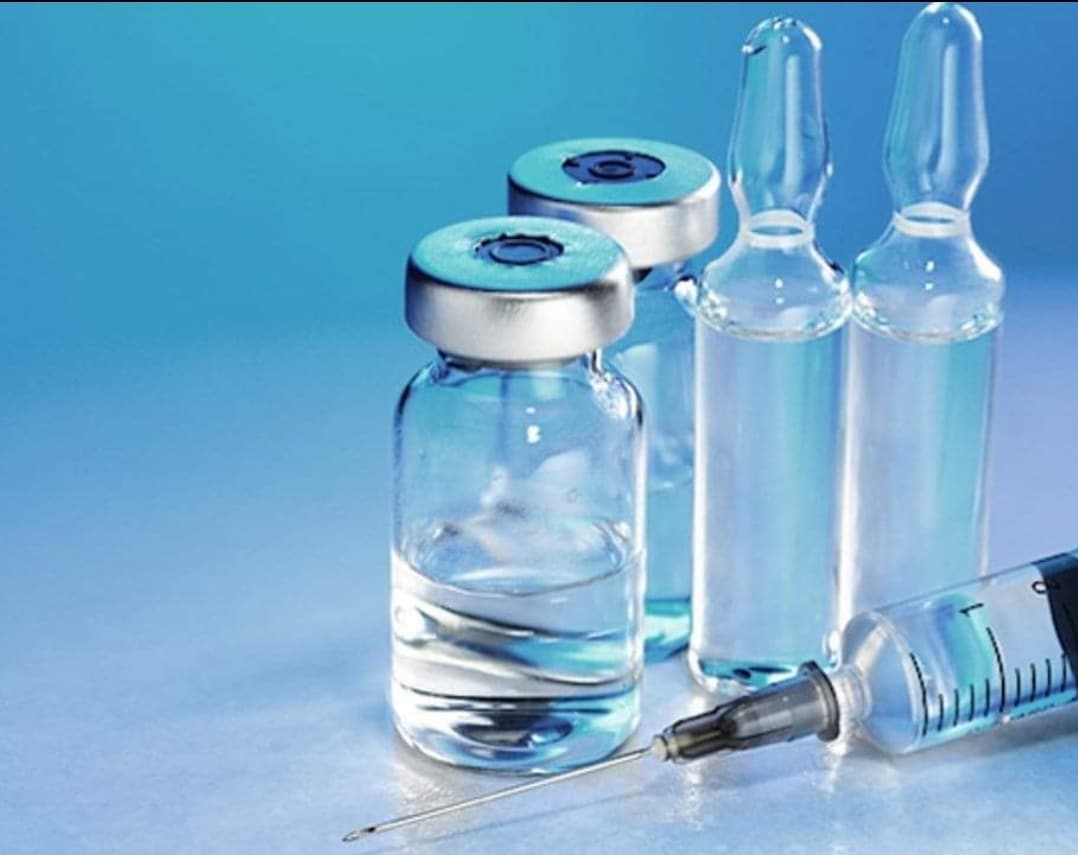USP Osmolality Testing of Parenterals
The United States Pharmacopeial Convention (USP) Osmolality Testing is a critical analytical procedure designed to evaluate the osmotic pressure of injectable and parenteral products. This test ensures that pharmaceutical formulations meet the required specifications, thereby supporting patient safety and efficacy in healthcare settings.
Osmolality testing measures the number of particles per kilogram of solvent in a solution and helps identify any potential deviations from the expected concentration. In the context of injectables and parenterals, this is especially important as these products are often used for intravenous administration or injection into the body. Variations in osmolality can lead to undesirable effects such as irritation, pain at the injection site, or even more serious complications like hypotension or hyperosmolar conditions.
The USP specifies that injectable and parenteral formulations should have an osmolality within a narrow range to ensure they are safe for use. This testing procedure is particularly relevant in products such as saline solutions, glucose infusions, and various drug delivery systems where the balance between solute concentration and water content is crucial.
The testing process involves several key steps: sample preparation, calibration of the instrument, analysis using an osmometer, and interpretation of results. Samples are typically prepared by dissolving or diluting the product in distilled water to achieve a standard solution that can be analyzed for osmolality. The use of high-precision instruments ensures accurate measurements.
Once the sample is ready, it undergoes analysis using an osmometer, which measures the freezing point depression or vapor pressure depression of the solution. This method provides precise and reliable results. The result is then compared to the USP specifications for that particular product type, ensuring compliance with regulatory standards.
The importance of this test cannot be overstated in pharmaceutical manufacturing and quality control processes. By adhering to these stringent testing protocols, manufacturers can ensure consistency and safety across batches of injectable and parenteral products. This not only upholds the integrity of the product but also contributes significantly to patient care and satisfaction.
In summary, USP Osmolality Testing is a cornerstone in ensuring that pharmaceutical formulations are safe and effective for use. By maintaining strict adherence to these testing procedures, laboratories can provide accurate results that meet or exceed regulatory requirements, thereby protecting public health.
Applied Standards
The USP Osmolality Testing of Parenterals is governed by several key standards which are recognized globally for their precision and reliability. The primary standard governing this test is USP 785: Osmotic Pressure, Determination of. This standard provides detailed protocols on how to perform the osmolality tests accurately.
Other relevant standards include:
- ASTM E122-19 Standard Practice for Collection and Measurement of Biological Specimens: Ensures that samples are collected and prepared in a manner consistent with best practices, which is crucial for accurate osmolality testing.
- ISO 30728:2016 Determination of Osmolality of Biological Liquids by Freezing Point Depression Method: This international standard provides detailed procedures on how to measure the freezing point depression method accurately, which is a key component in osmolality testing.
- IEC 62366-1:2014 Medical Electrical Equipment and Systems - Part 1: General Requirements for Safety and Performance: Although primarily focused on medical devices, this standard provides essential guidelines that ensure the safety of injectable products during their lifecycle.
These standards are regularly updated to reflect advancements in technology and testing methodologies. Compliance with these standards ensures that laboratories can provide accurate and consistent results, which is critical for pharmaceutical manufacturers and healthcare providers.
International Acceptance and Recognition
The USP Osmolality Testing of Parenterals enjoys widespread acceptance and recognition across the globe due to its stringent quality control measures. Laboratories that perform this testing are typically accredited by organizations such as:
- American Society for Quality (ASQ): A leading organization in promoting quality management systems.
- European Co-operation for Accreditation (EA): Recognizes laboratories performing high-quality tests across Europe.
- National Institute of Standards and Technology (NIST): Provides standards, measurement science, and related services to support U.S. industry, protect the public, and promote innovation.
Accreditation by these bodies ensures that laboratories adhering to USP Osmolality Testing protocols can be trusted to deliver reliable results. This recognition is crucial for pharmaceutical companies seeking to ensure product safety and efficacy across international markets.
In addition to accreditation, many regulatory authorities such as the FDA (U.S.), EMA (Europe), and TGA (Australia) accept USP Osmolality Testing standards as part of their compliance checks. Compliance with these standards is mandatory for companies looking to market their products globally.
The international acceptance and recognition of this testing method underscore its significance in the global pharmaceutical industry. By ensuring that injectable and parenteral products meet the required osmolality specifications, laboratories contribute to patient safety and trust in healthcare systems worldwide.
Use Cases and Application Examples
The USP Osmolality Testing of Parenterals is widely used across various sectors within the pharmaceutical industry. Here are some key use cases:
Case Study 1: Ensuring Compliance with Regulatory Requirements
A leading pharmaceutical company conducted osmolality testing on its saline solution products to ensure compliance with USP standards. After rigorous testing, they found that one batch did not meet the required specifications due to an unexpected fluctuation in solute concentration. The company promptly halted production and reworked the batch to correct this issue.
Case Study 2: Enhancing Product Safety for Intravenous Use
A biotech firm was developing a new intravenous drug delivery system. Before launching it into clinical trials, they conducted osmolality testing to ensure that the formulation would not cause adverse effects such as hyperosmolarity or hypotension when administered.
Case Study 3: Quality Control in Manufacturing
A large-scale manufacturer of parenteral products uses USP Osmolality Testing as part of their quality control processes. This ensures that each batch produced meets the required specifications, thereby maintaining consistency and reliability across all products.
The results from these tests are also used to monitor changes in formulation or manufacturing processes over time, allowing for continuous improvement and adherence to regulatory standards.





